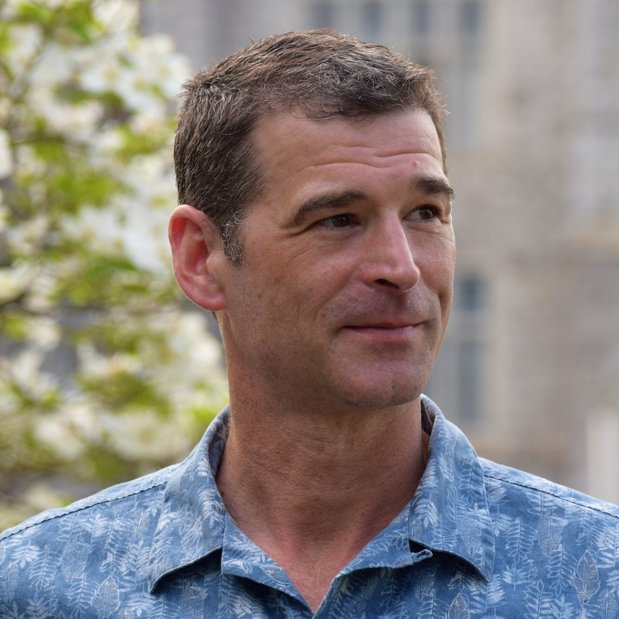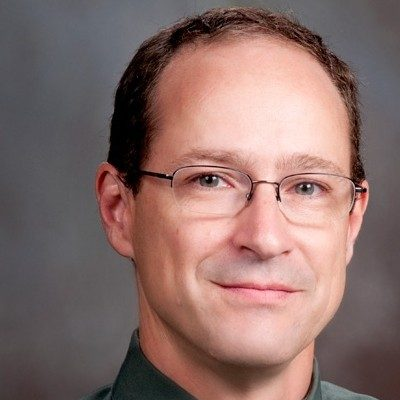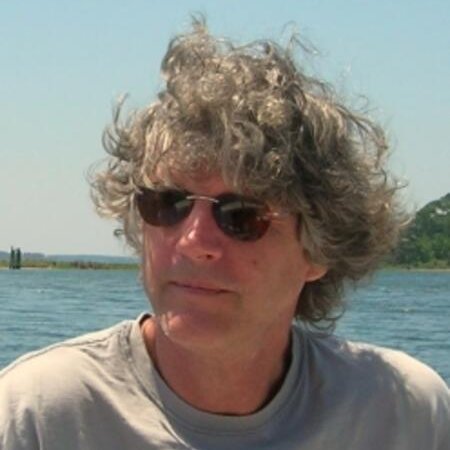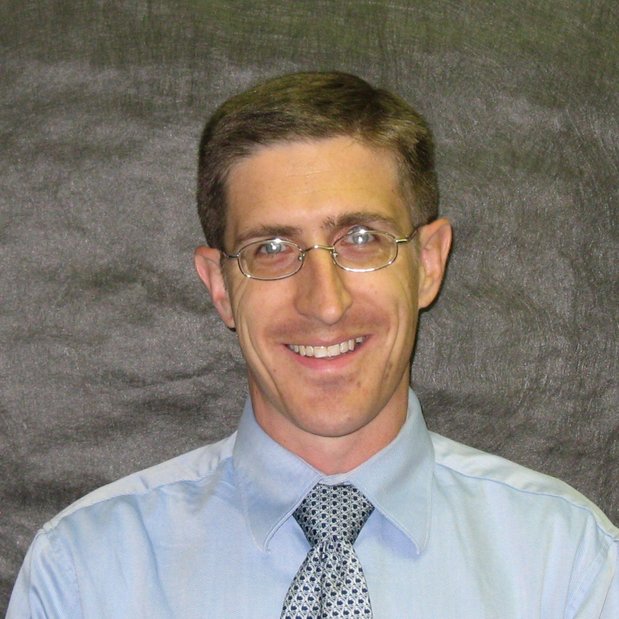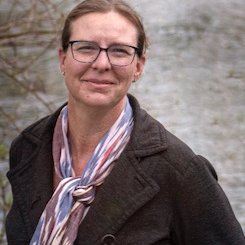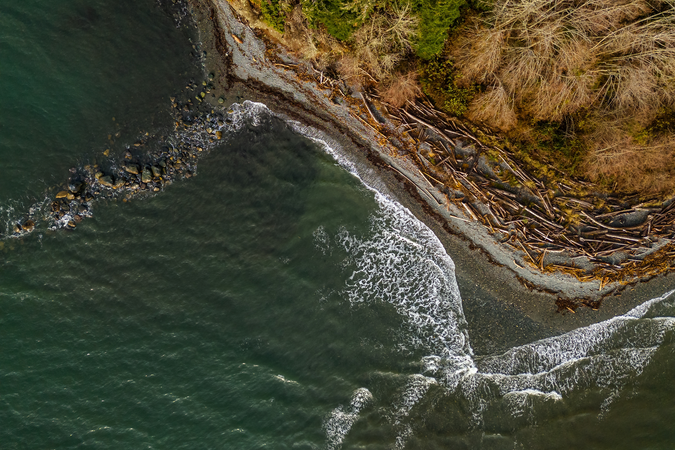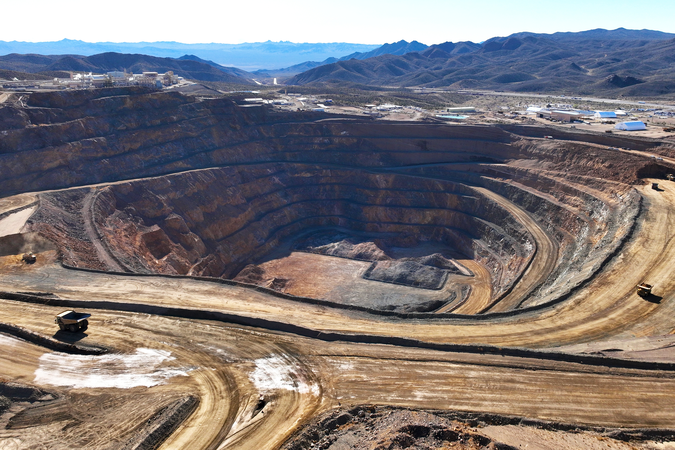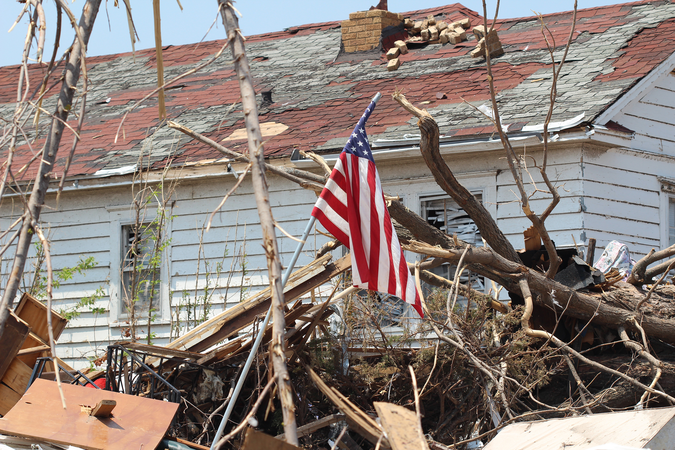The Nonpoint Source Challenge: Obstacles and Opportunities for Meeting Nutrient Reduction Goals in the Chesapeake Bay Watershed
This article evaluates progress and ongoing challenges in restoring water quality in the Chesapeake Bay under federal regulation.
Abstract
This document examines the Chesapeake Bay watershed response to nutrient and sediment reduction efforts under the Clean Water Act’s total maximum daily load (TMDL) regulation. As the 2025 Chesapeake Bay TMDL deadline approaches, water quality goals remain unmet, primarily because of nonpoint source pollution, the largest remaining source of nutrients and sediment, and the primary obstacle to meeting the TMDL. We focus on the factors influencing the gap between the expected effect of management to reduce nonpoint source loads reaching the Bay and empirical evidence suggesting that decades of effort have not produced the expected improvement. This gap may be caused by both insufficient scale and type of implemented water quality management practices and by an overestimation of practice effectiveness. Reasons water quality goals remain unmet include legacy nutrients and lag times masking or delaying the effects of management efforts, areas with large nutrient mass imbalances contributing disproportionate loads, and the difficulty of incentivizing behavior change in voluntary nonpoint source programs. Closing the response gap may require fundamental changes to nonpoint source programs. Apart from seeking additional funding, nonpoint source programs could develop policies to more effectively incentivize behavior change, identify and target treatment of high loading areas with appropriate management actions, and address nutrient mass imbalances.
